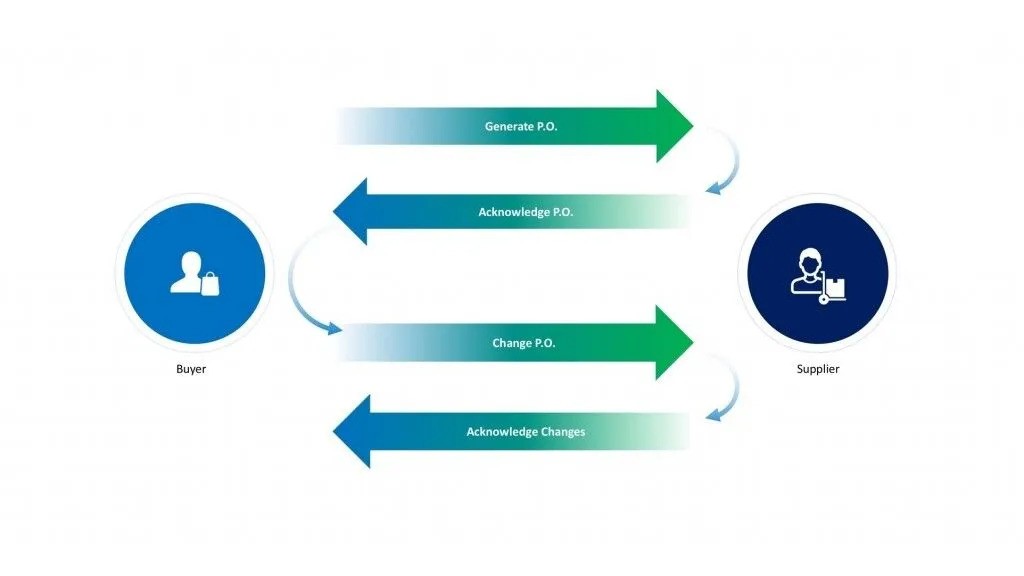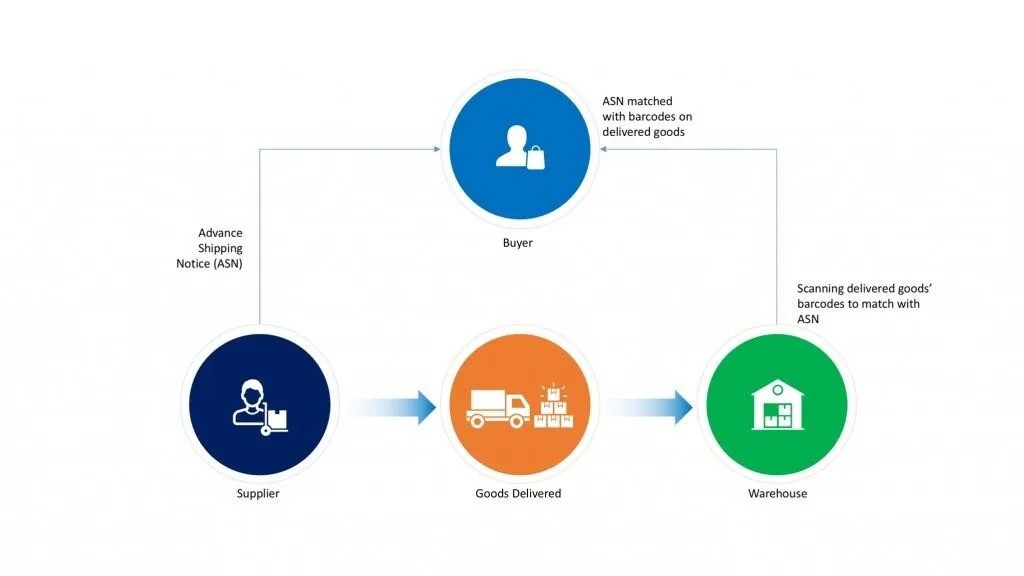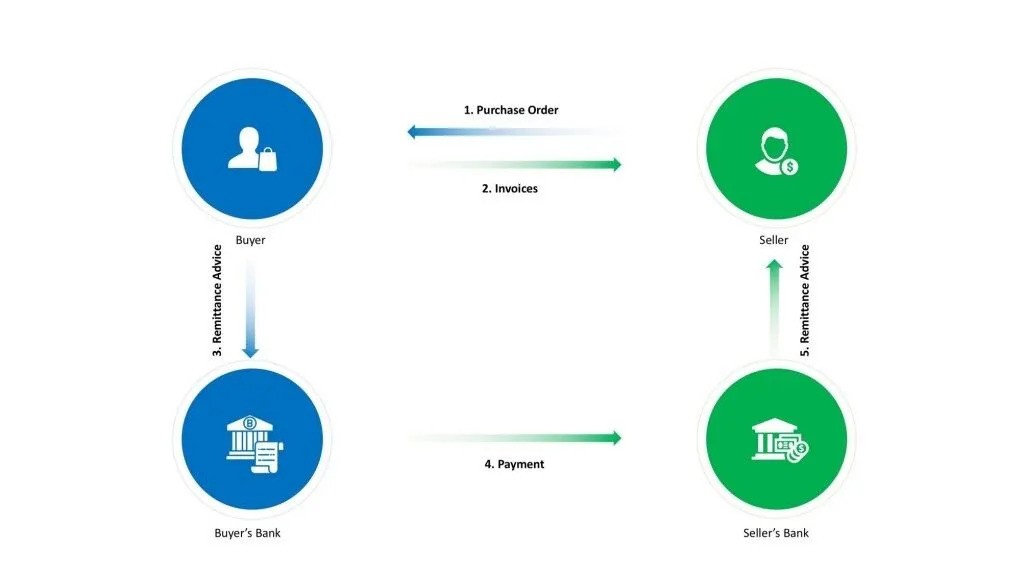What EDI Can Mean for your Business Processes

Businesses turn to EDI solutions because EDI has proven to improve business efficiency and reduce costs. Compared to manual business processes, EDI helps reduce costs and inefficiencies up to 35%.
Businesses from Amazon to Zappos use EDI to take advantage of these benefits. In 2018, annual EDI transactions numbered over 20 billion. Combining EDI solutions with real-time APIs enhances partner communication even further, particularly for omnichannel operations with a large number of daily transactions.
In this blog post, we’ll talk about how implementing an EDI solution can streamline your business operations.
Procurement
EDI was initially used in the procurement process to simplify paperwork. The procurement process involves four major documentation stages: purchase order generation, purchase order acknowledgement, making changes in the purchase order, and acknowledging those changes.
Traditionally, these processes were done by posting mail (or sending an email) to the recipient manually. Using EDI, these processes are automated. Retailers can send their suppliers an electronic purchase order and their suppliers can then respond with a confirmation record within seconds. Changes in purchase orders can be made and confirmed quickly, easily, and often without human intervention. Buyers and sellers alike can expect several immediate improvements with the right EDI strategy:
- Faster procure-to-pay
- Quick and accurate purchase order delivery
- Fewer time-consuming and labor-intensive processes like responding to email
- Improved buy-side agility and improvements in fulfillment rates
Supply Chain
EDI vastly improves supply chain operations. Supply chain processes typically include an advance ship notice (ASN). Also known as an 856 or Ship Notice/Manifest, the structure of the message enables the transfer of information from seller to buyer at the shipment, order, pallet, pack, and item levels, providing the receiver information necessary to schedule shipment receipt and storage.

The ASN also accommodates common data elements used for business, including global trade item number (GTIN, i.e. the numerical representation of the barcode) and traceability elements like serial number, batch and lot numbers, expiration, packaging, and production. Relating harvest and use-by dates with these data elements at the shipment, order, pallet, pack, and item levels can help ensure consumer safety and reduce counterfeit goods.
EDI documents like the Transportation Carrier Shipment Status Message (214) and the Motor Carrier Package Status Message (240) from package delivery companies, couriers, logistics companies, and carriers enhance trading partners’ ability to track goods.
EDI is there when shipments arrive at the warehouse or on the consumer’s doorstep. The barcodes on the cartons can be scanned and data delivered by way of the ASN can be used to automatically update inventories, send confirmations and invoices, and if the shipments are somehow delayed, relevant personnel can be alerted immediately to address any concerns.
Automating the exchange of data through an EDI solution across the supply chain improves:
- The timing of orders, shipments, deliveries, and invoices
- Cross-docking, direct store delivery (DSD), and direct-to-consumer (D2C) delivery
- Product traceability and shipment tracking
Read more: Improving your supply chain efficiency with ERP-integrated EDI
Invoicing
Businesses are always looking to improve business efficiency and reduce costs. Many are also concerned about the environment. Within the United States, some federal agencies have made e-invoices compulsory to reduce paper usage. Many countries have taken environmental and other concerns even further with countries including Spain, Brazil, Italy, and Mexico mandating the use of electronic invoices.

EDI solutions have a long record of success in improving communication and reducing fraud. Companies employing EDI solutions have also been able to save costs in paper, processing, postage, and invoice storage, furthering their operational goals of improving efficiency and reducing costs. Real-time access to electronic invoices and other business documents helps trading partners eliminate manual tasks commonly associated with paper-based process while improving days sales outstanding (DSO) and reducing payment penalties.
Conclusion
A properly designed, implemented, and integrated EDI solution offers businesses many significant advantages:
- Improved decision-making
- Improved business efficiency
- Improved environmental and regulatory compliance
- Improved cash management
- Reduced paper, processing, postage, and storage fees
EDI-enabled companies are better prepared to focus on their customers without increasing overhead or administrative tasks. To learn more about how your business can migrate from a labor-intensive, paper-based business process to a modern EDI solution for your business, contact PartnerLinQ.
 PartnerlinQ
PartnerlinQ

